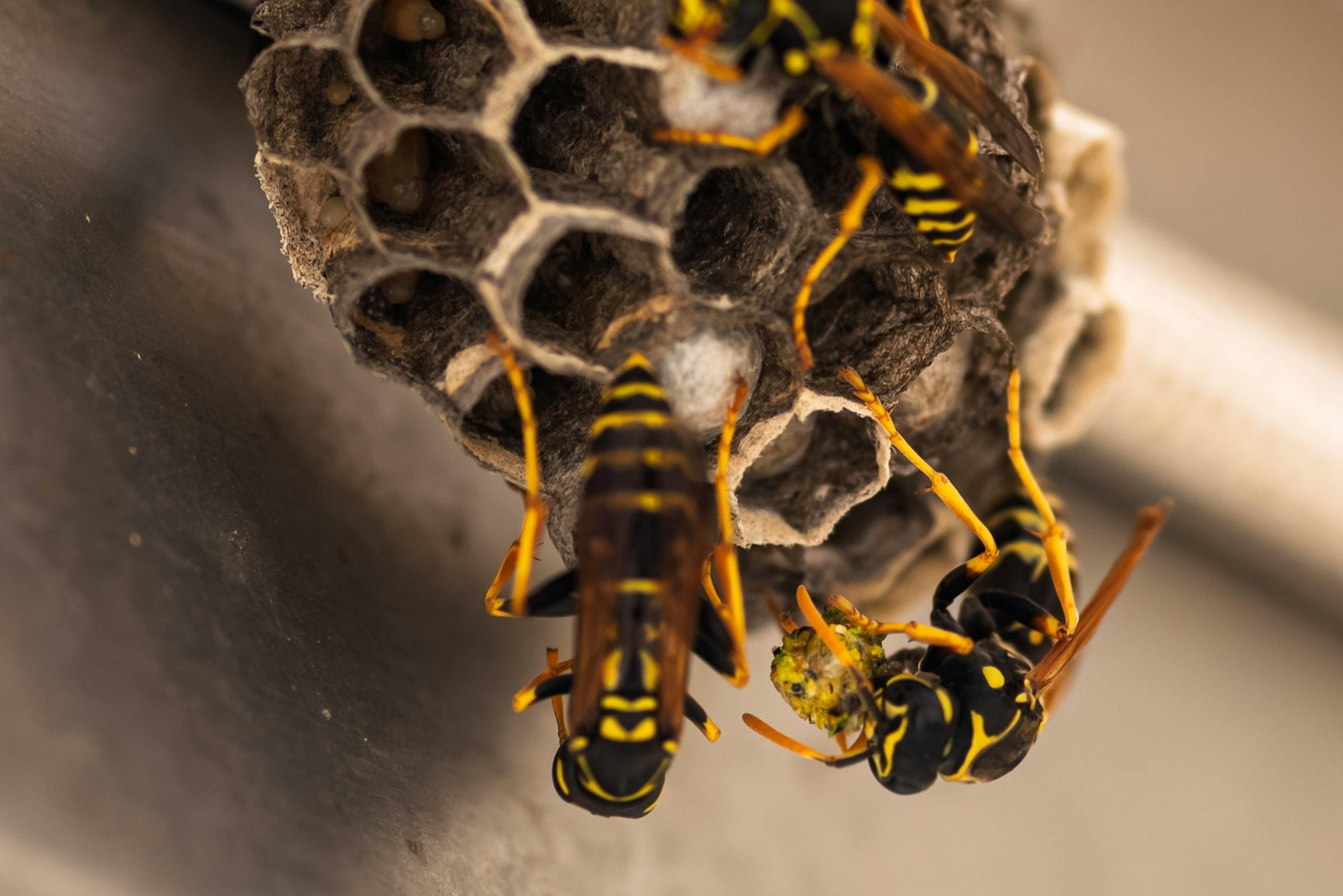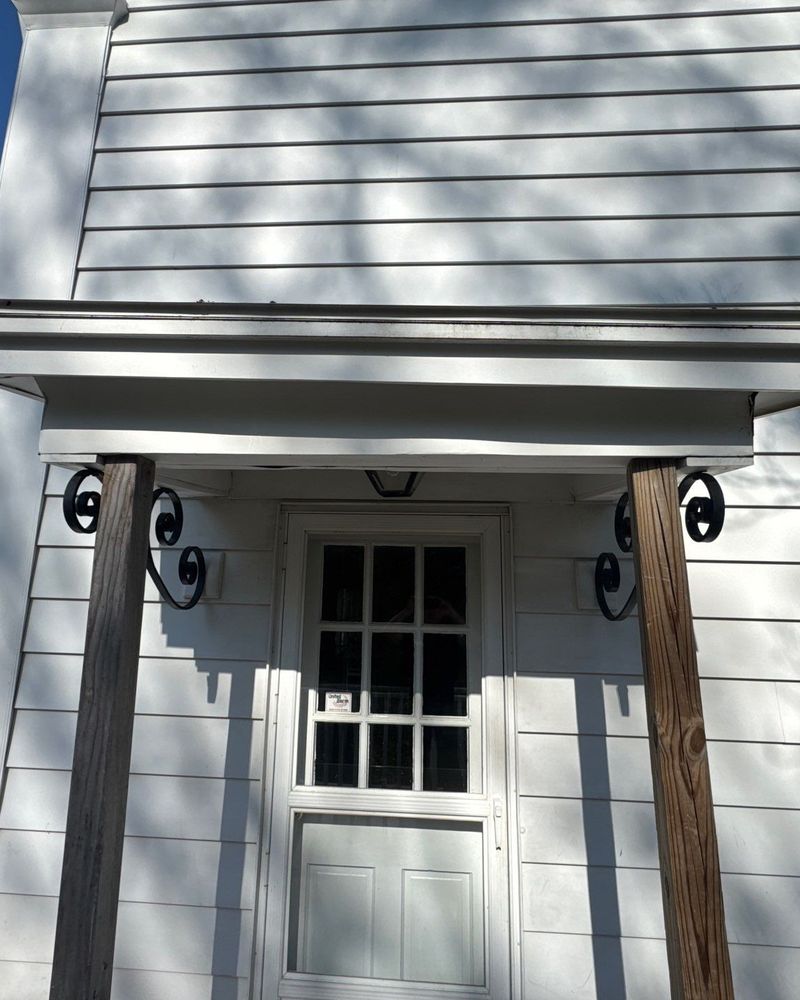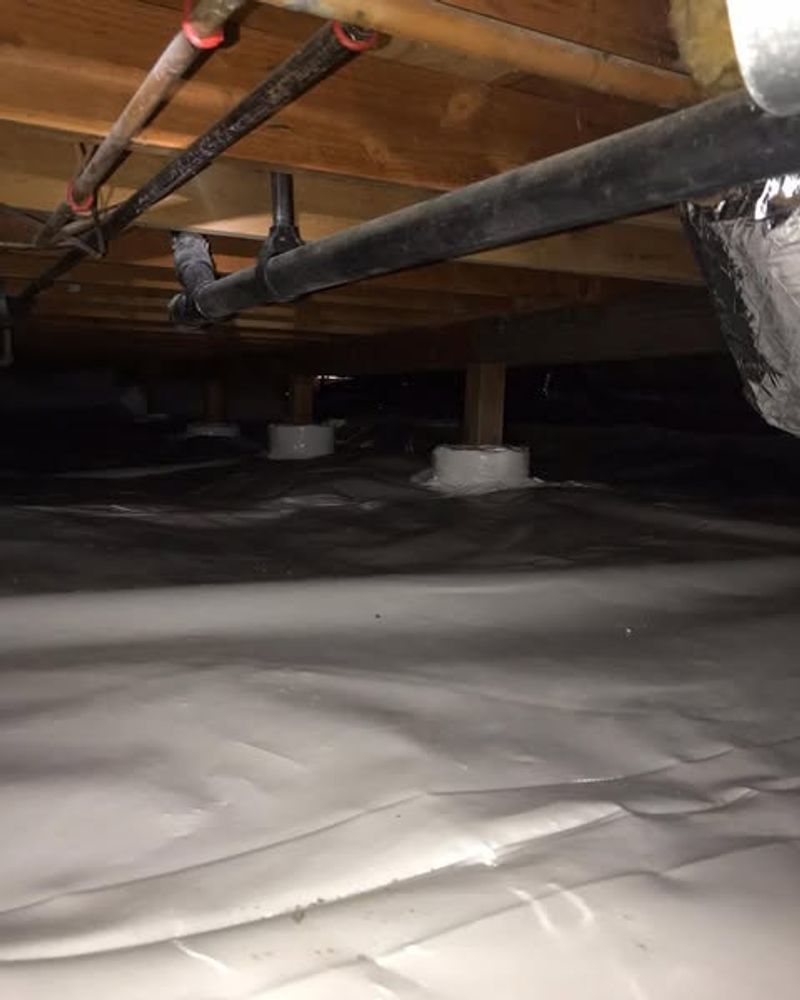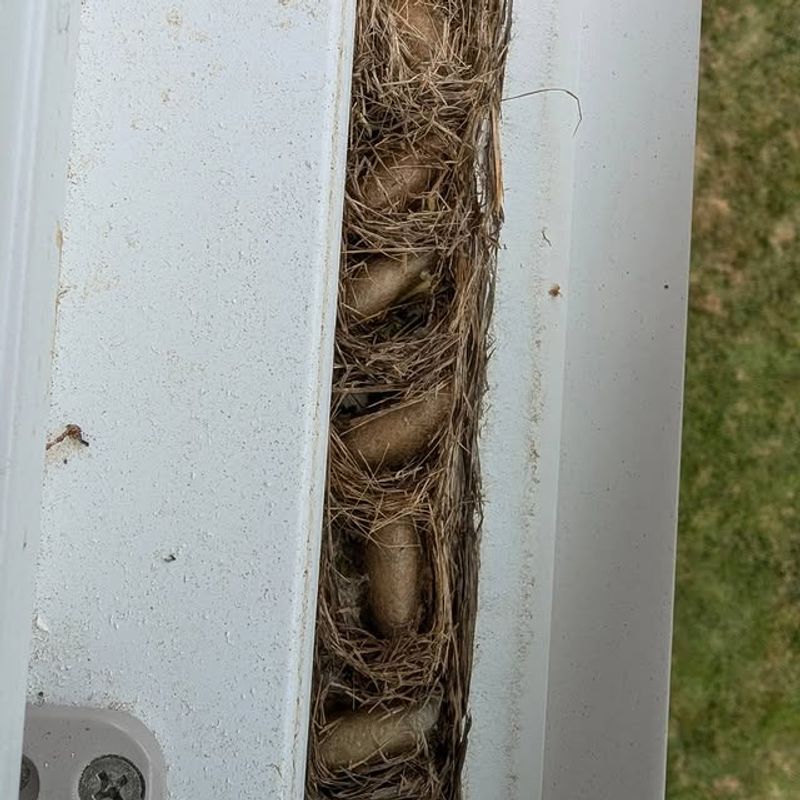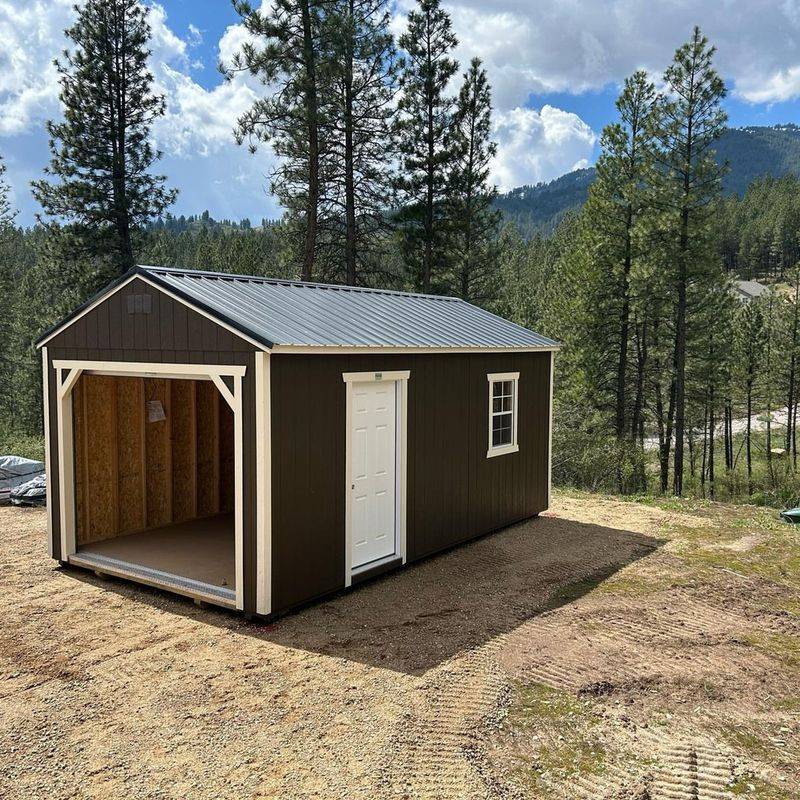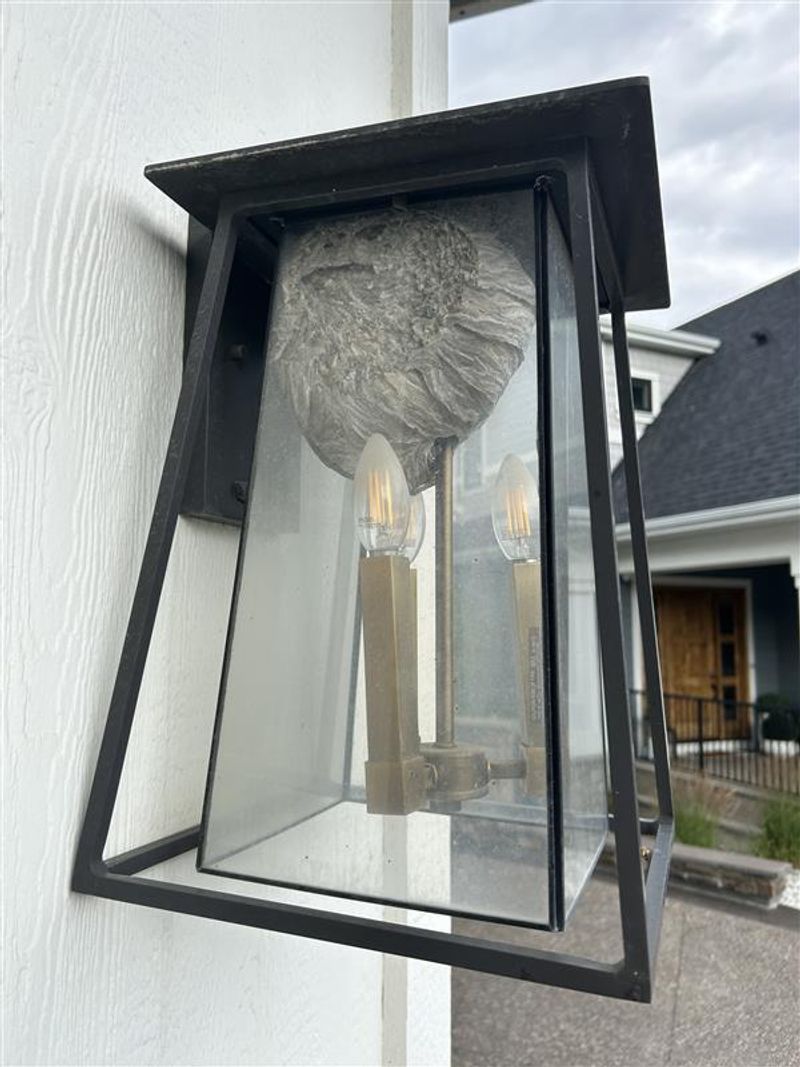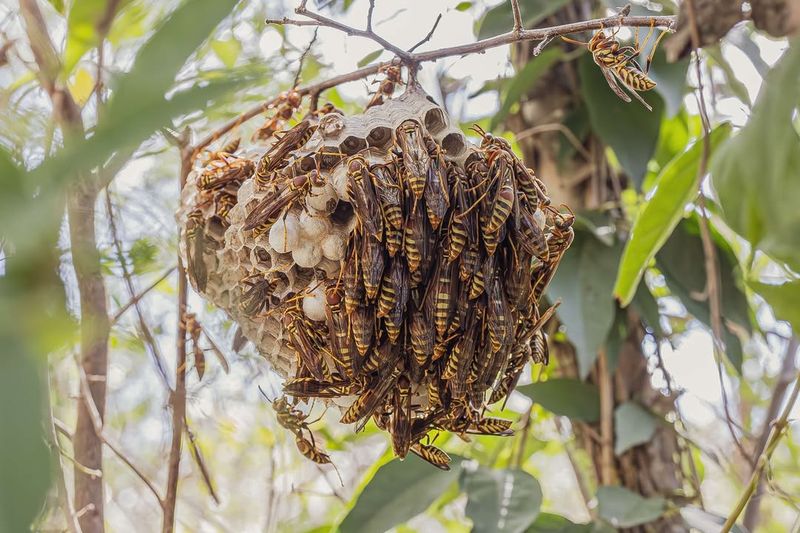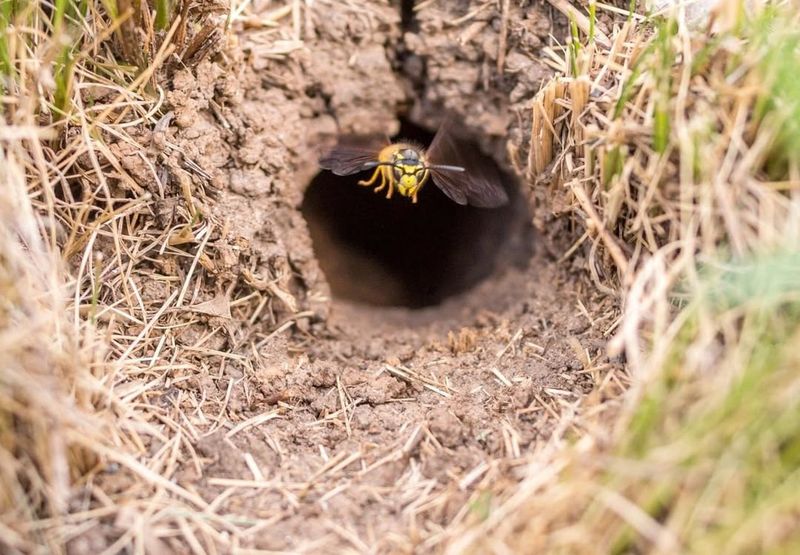As temperatures drop across Texas, wasps start looking for cozy spots to build their nests and settle in for the colder months. Finding these nests early can save you from painful stings and prevent a full-blown infestation come spring.
Knowing where wasps love to hide around your property makes all the difference in keeping your home safe and wasp-free.
1. Under Roof Eaves And Overhangs
Wasps absolutely love building their paper nests underneath roof eaves because it shields them from rain and direct sunlight. Take a walk around your house and look up carefully at all the corners where your roof meets the walls.
You might spot gray, papery structures hanging there. Early detection means easier removal, and you won’t accidentally disturb an active nest later when it’s fully populated with aggressive wasps protecting their colony.
2. Inside Attic Spaces And Crawlspaces
Attics provide perfect shelter for wasps seeking warmth and protection from Texas weather extremes. Small gaps in vents, soffits, or damaged screens give wasps easy access to these dark, undisturbed areas.
Grab a flashlight and inspect your attic carefully, paying attention to corners and near ventilation openings. Crawlspaces under your home deserve the same attention since wasps often sneak in through foundation cracks or open vents during warmer months.
3. Around Window Frames And Door Jambs
Gaps around windows and doors create convenient entry points and nesting sites that wasps find irresistible. Weather stripping that has worn away or window frames with small cracks become perfect hideaways.
Check all exterior window corners and the top edges of door frames where wasps can squeeze through surprisingly tiny openings. Sealing these gaps not only keeps wasps out but also improves your Texas home’s energy efficiency throughout the winter season.
4. Within Sheds, Garages, And Outdoor Storage
Did you know that garages and sheds rank among wasps’ favorite nesting locations? Equipment stored for months without use provides undisturbed spaces where colonies thrive.
Look inside stored boxes, behind shelving units, and in ceiling corners of these structures. Old furniture, rolled-up tarps, and garden equipment create ideal protected zones. Before winter hits Texas, organize your storage areas and remove any existing nests while wasp activity naturally decreases with cooler temperatures.
5. Behind Outdoor Light Fixtures And Electrical Boxes
Outdoor lighting fixtures generate warmth that attracts wasps searching for comfortable nesting spots during transitional seasons. The space between the fixture and your exterior wall offers protection and easy access.
Electrical meter boxes and outdoor outlets also provide similar sheltered cavities. Turn off power if needed and carefully inspect behind these fixtures, especially ones you rarely use or check. Wasps can build surprisingly large nests in these hidden pockets.
6. In Trees, Bushes, And Dense Landscaping
Dense shrubs and tree branches offer natural camouflage where wasps construct nests that blend perfectly with foliage. Walk your Texas property line and examine thick bushes, especially evergreens that stay full year-round.
Look for basketball-sized gray nests hanging from tree limbs or tucked within dense hedge growth. Trimming back overgrown vegetation before winter not only reveals hidden nests but also eliminates future nesting sites for next spring when wasps become active again.
7. Underground In Abandoned Rodent Burrows
Not all wasps build nests above ground—some Texas species prefer underground locations in abandoned animal burrows or gaps beneath concrete slabs. Yellow jackets especially favor these subterranean homes.
Watch for increased wasp activity near ground-level holes in your yard or around patio edges. If you notice wasps flying in and out of the same spot repeatedly, mark the location and handle it carefully since underground colonies can house thousands of aggressive defenders.

